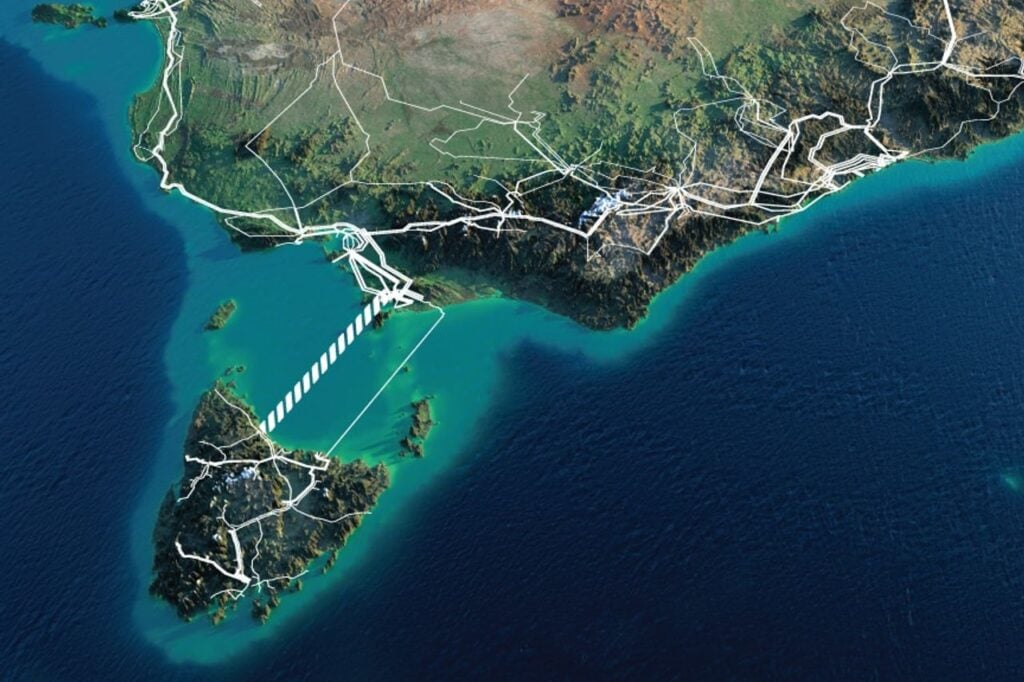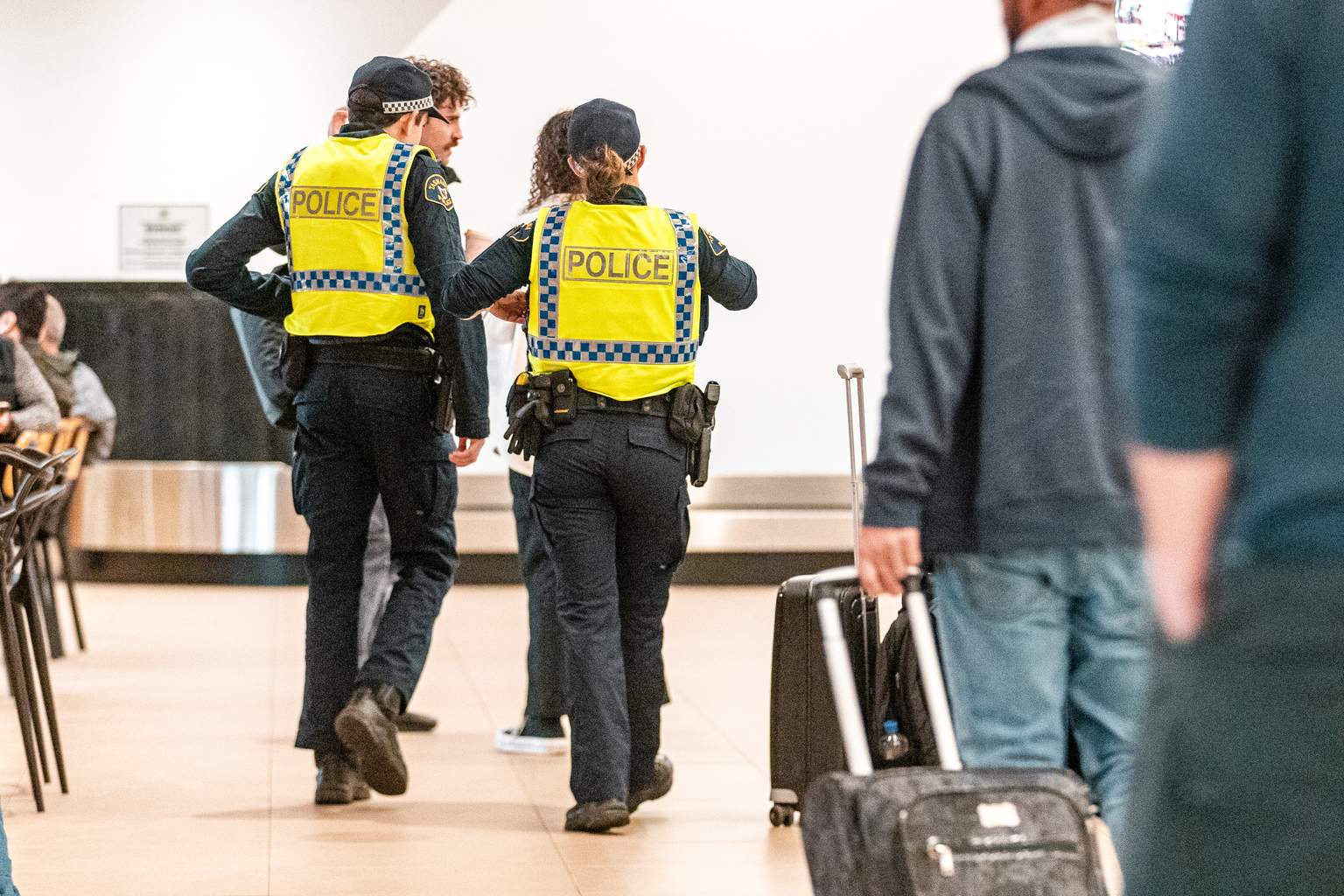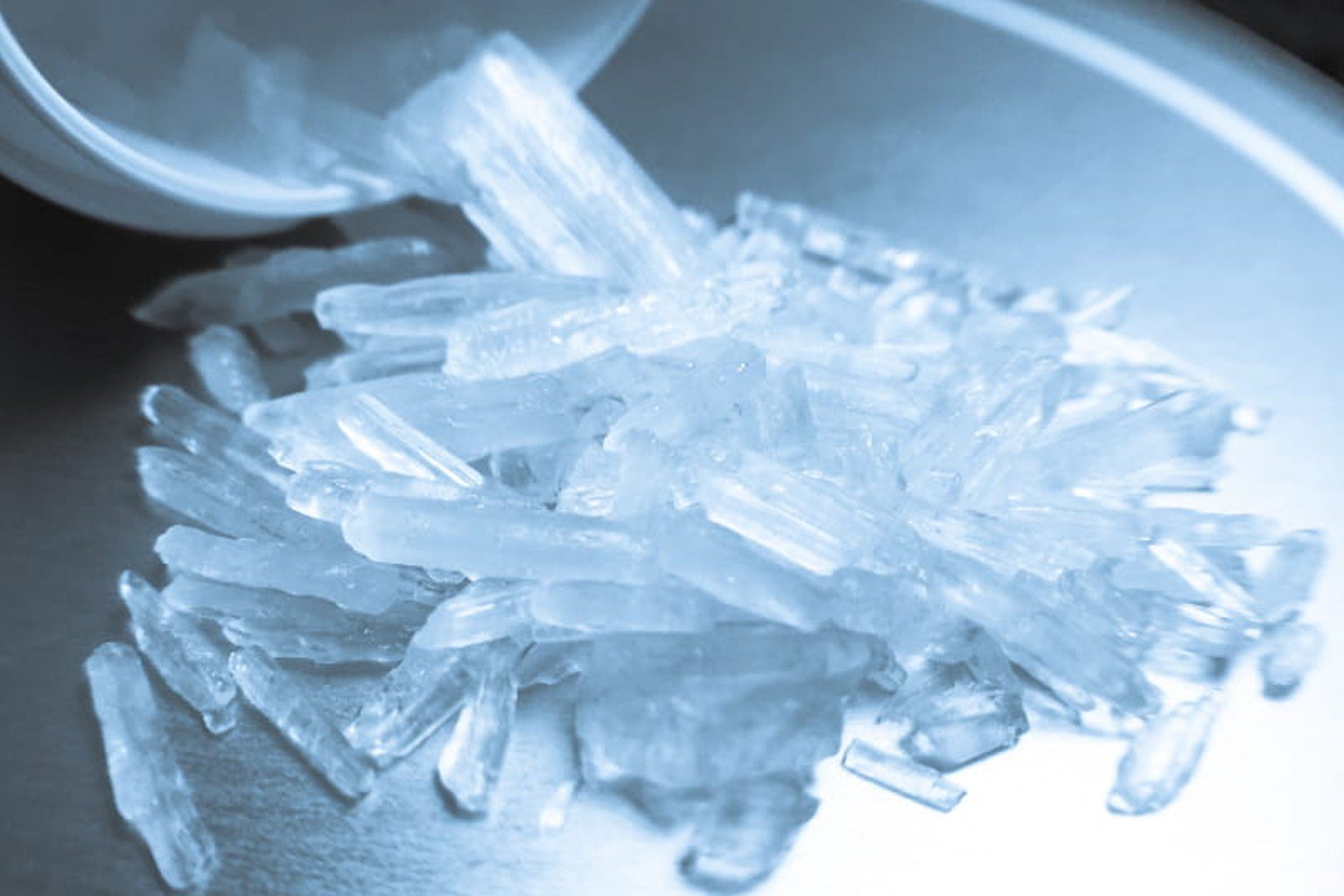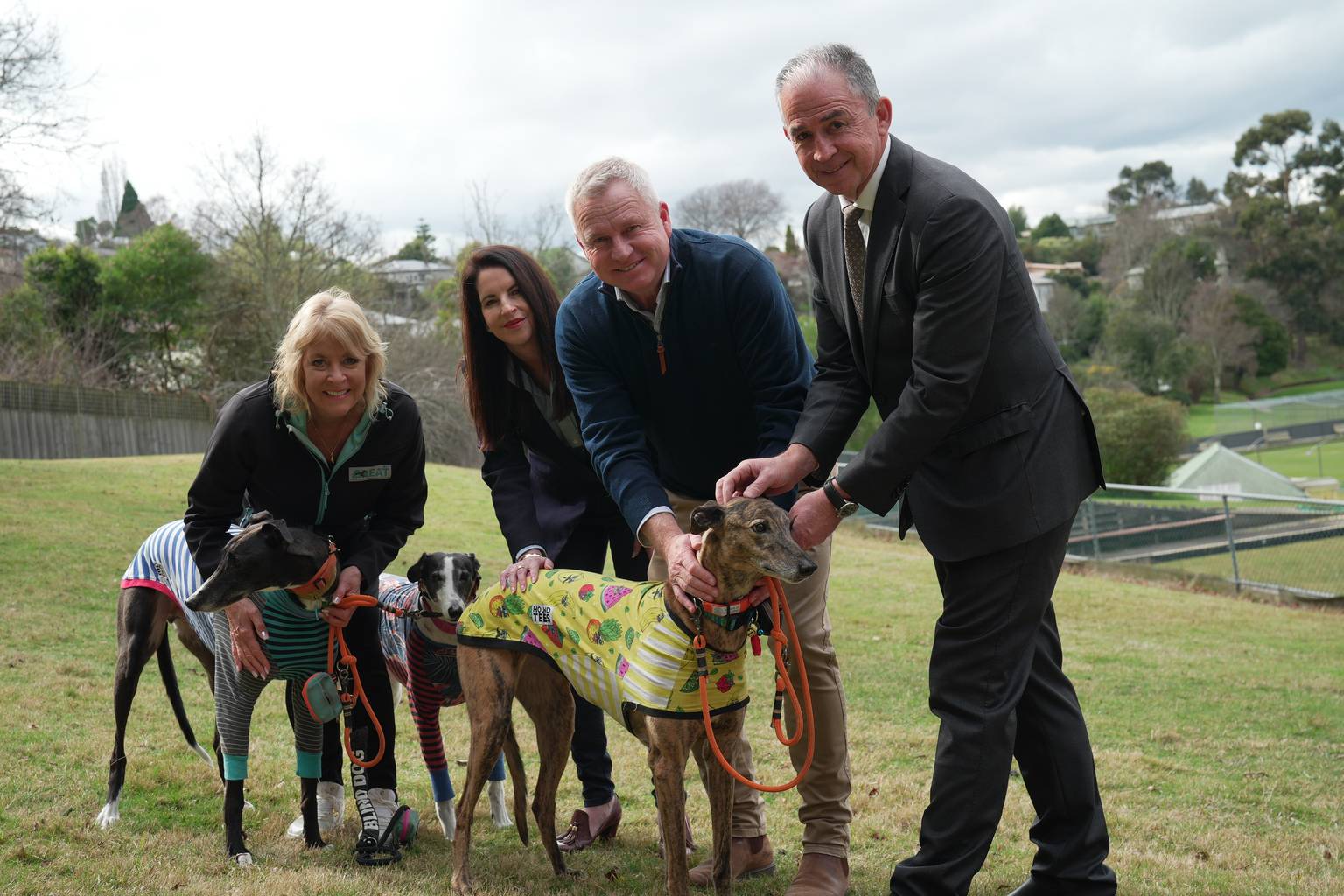A major infrastructure project that could turn Tasmania into Australia’s renewable energy powerhouse is facing uncertainty, with political turmoil and cost concerns stalling a key funding decision.
The $5.5 billion Marinus Link undersea cable would connect Tasmania’s north-west coast to Victoria’s Latrobe Valley via a 345-kilometre electricity and data link.
The project is designed to let Tasmania export clean hydropower to the mainland while importing surplus solar energy when needed.
But the Tasmanian government has delayed its decision on funding its 17.7% share of the first stage, a decision that was originally due by July 31.
The hold-up has triggered accusations of political manoeuvring and raised fresh doubts about the project’s future.
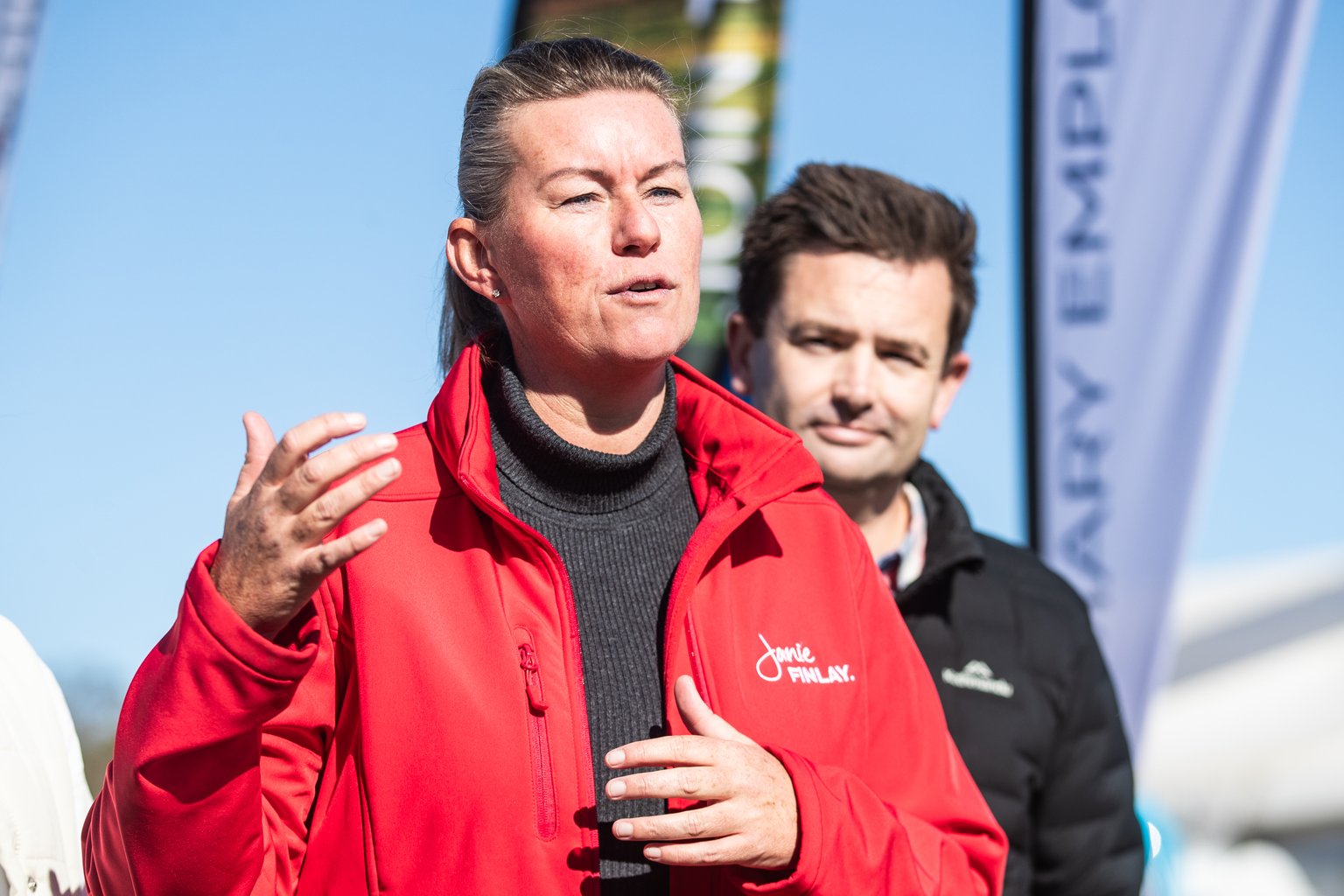
Labor’s Shadow Energy Minister Janie Finlay claims Premier Jeremy Rockliff is blocking briefings on the business case to avoid bipartisan backing.
“This is Tasmania’s biggest infrastructure project,” she said.
“Energy Minister Nick Duigan was ready to brief Labor on the Marinus Link business case, but that briefing was blocked by Jeremy Rockliff or his office.”
“The Premier is now denying it, so someone isn’t telling the truth? Why?”
Marinus Link must issue a ‘notice to proceed’ by the end of August or risk losing a $1.07 billion contract with Italian company Prysmian Group to supply the cable.
The state government remains in caretaker mode following the July 19 election, which delivered another hung parliament with crossbench members who oppose the project.
The government has rejected claims of blocking briefings, with Duigan insisting Labor will be updated in line with caretaker conventions.
“We are carefully and methodically working through the details, with a decision expected soon,” he said.
“Once this is finalised, all relevant information will be publicly released. The Opposition will be briefed in line with caretaker conventions.”
Originally pitched as a two-cable project, Marinus Link was scaled back in September 2023 after costs ballooned by $1.7 billion above initial estimates.
Under the current deal, Victoria holds a 33.3% share, Tasmania 17.7% and the Commonwealth picks up the rest.
Tasmania also has the option to sell its stake to the Commonwealth once the project is complete.
The first stage is slated for completion in 2028–29.

